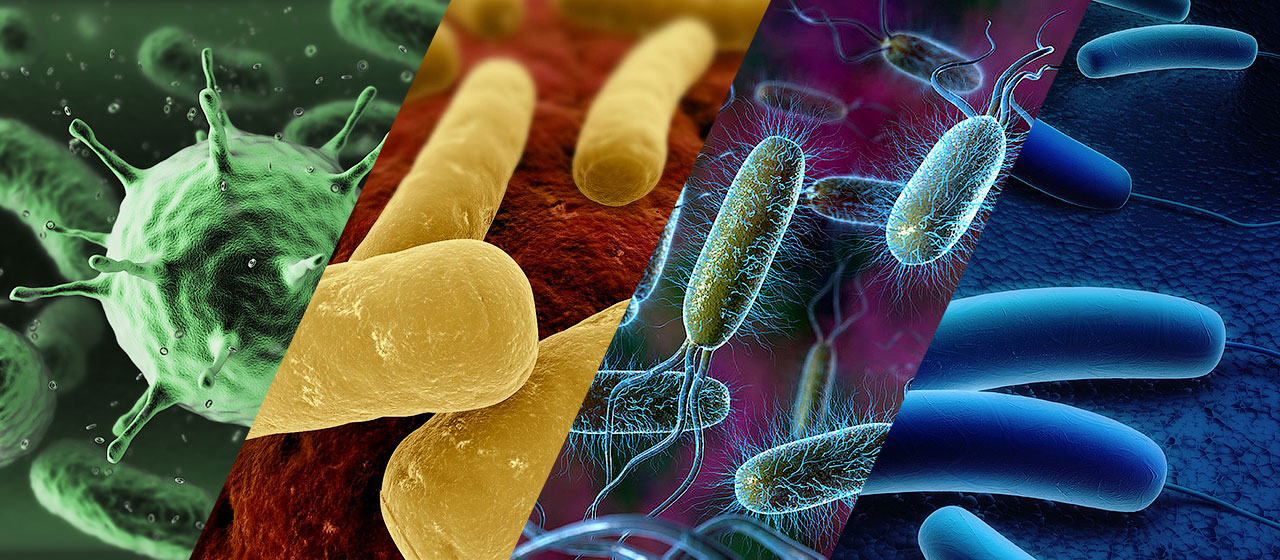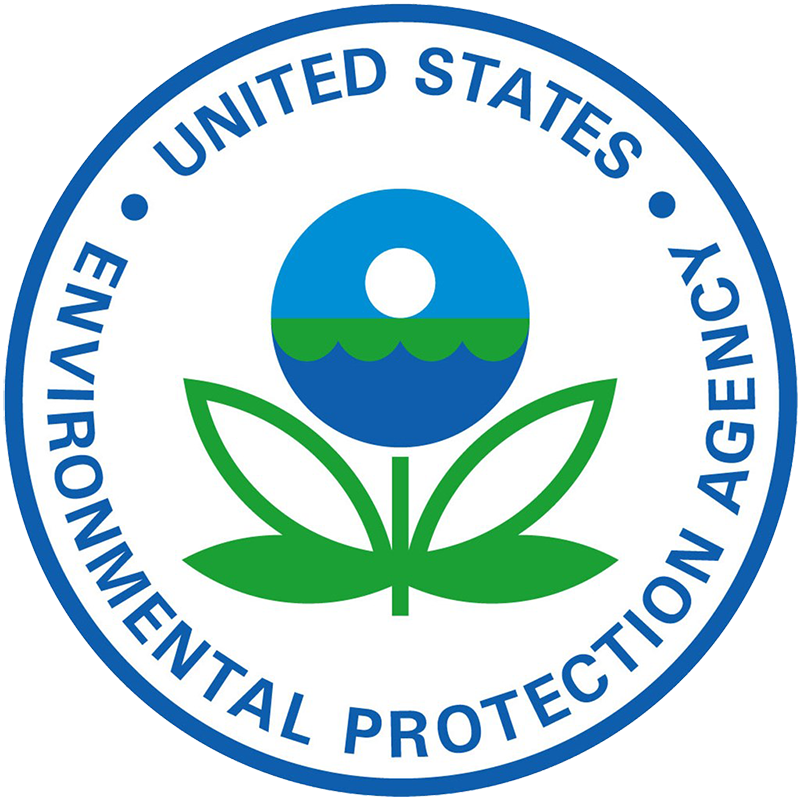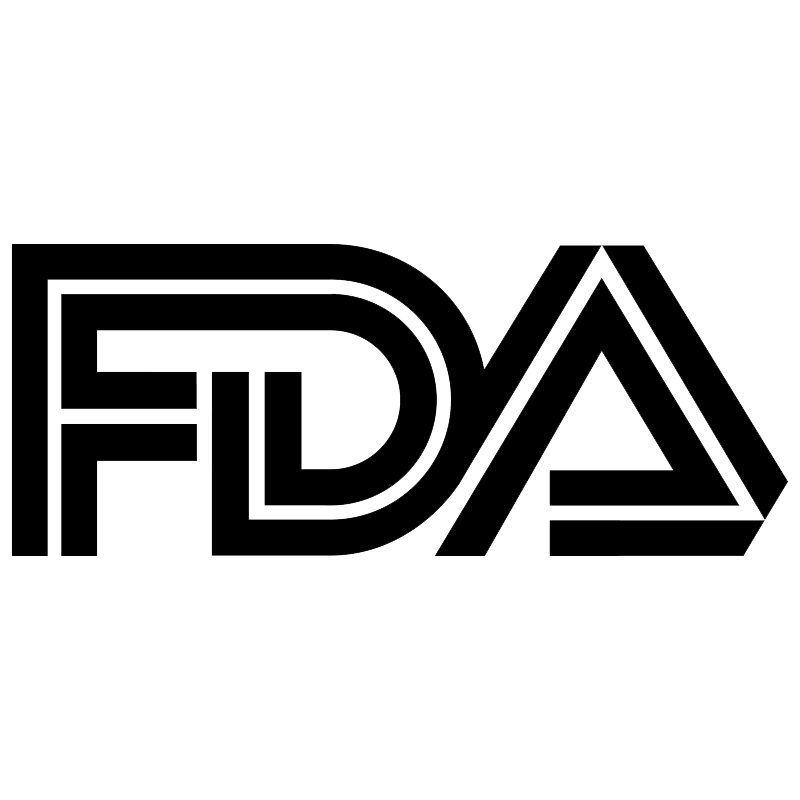
- Independent testing
Envirolyte systems and generated solutions (anolyte and catolyte) have been put through extensive series of independent tests and on-site trials including hospitals, breweries, water systems and agricultural environments. - Safer world
Being environmentally friendly, completely safe, non-toxic and non-irritant Anolyte is welcome where traditional chemicals fail to produce the desired results or can’t be applied at all. - Better alternative
The conclusions prove that Anolyte being a low-cost and powerful disinfectant is set to become the preferred solution for many sterilization, disinfecting and water purification procedures.
I. ANTIBACTERIAL ACTIVITY
Testing of Anolyte against 2 bacterial isolates from the uterus of a mare undertaken by Capital Diagnostics, Scotland, UK.
S zooepidemicus Bacterial counts
|
Exposure Time | |||||
|---|---|---|---|---|---|
| Dilution | 30 s | 1 min | 5 min | 10min | 20 min |
| 102 | 0 | 0 | 0 | 0 | 0 |
| 103 | 0 | 0 | 0 | 0 | 0 |
| 104 | 0 | 0 | 0 | 0 | 0 |
| 105 | 0 | 0 | 0 | 0 | 0 |
Total viable count of inoculum > 5000 cfu/ml
E coli Bacterial counts
|
Exposure Time | |||||
|---|---|---|---|---|---|
| Dilution | 30 s | 1 min | 5 min | 10min | 20 min |
| 102 | 0 | 0 | 0 | 0 | 0 |
| 103 | 0 | 0 | 0 | 0 | 0 |
| 104 | 0 | 0 | 0 | 0 | 0 |
| 105 | 0 | 0 | 0 | 0 | 0 |
Total viable count of inoculum > 5000 cfu/ml
II. ANTIBACTERIAL ACTIVITY
Undertaken by Department of Laboratory Medicine and second department of Internal Medicine, Nagasaki University School of Medicine, Nagasaki, Japan
Anolyte microbial activity was tested against methicillin-sensitive Staphylococcus aureus, Staphylococcus epermidis, Serratia marcencens, Escheria coli, Pseudomonas auruginosa and Burkholderia cepacia which are important pathagenes.
The bactericidal properties of Anolyte were evaluated with three conventional disinfectants, including 0.1% chlorhexidine (Herbitane solution, ICI-pharma, Osaka, Japan), 0.02% povidine iodine (Isodine solution, Meiji Seika, Tokyo) and 80% ethanol (ethanol for disinfection, Maruisha Pharmaceutical Co. Ltd, Osaka). The selected concentrations represent those commonly used in solutions prepared for hand washing. All disinfectant solutions were mixed with sterile distilled water at the time of their use. Sterile distilled water was used as a control. The results are summarized in Table 1 and Table 2.
Table 1. Bactericidal effect of Anolyte inocolum 1.7 x 104 cfu/mL
|
Bacteria |
Disinfectant |
10 s |
60 s |
180 s |
|---|---|---|---|---|
| MSSA methicillin sensitive Staphylococcus aureus | Anolyte 0.02% Povidine iodine 80% Ethanol 0.1% chlorhexidine Control: distilled water |
0 0 0 >500 >500 |
0 0 0 >500 >500 |
0 0 0 >500 >500 |
| MRSA methicillin resistant Staphylococcus aureus | Anolyte 0.02% Povidine iodine 80% Ethanol 0.1% chlorhexidine Control: distilled water |
0 0 0 >500 >500 |
0 0 0 >500 >500 |
0 0 0 >500 >500 |
| Staphylococcus epedermis | Anolyte 0.02% Povidine iodine 80% Ethanol 0.1% chlorhexidine Control: distilled water |
0 0 0 >500 >500 |
0 0 0 >500 >500 |
0 0 0 0 >500 |
| Pseudomonas aeruginosa | Anolyte 0.02% Povidine iodine 80% Ethanol 0.1% chlorhexidine Control: distilled water |
0 0 0 41 >500 |
0 0 0 0 >500 |
0 0 0 0 >500 |
| Escheria coli | Anolyte 0.02% Povidine iodine 80% Ethanol 0.1% chlorhexidine Control: distilled water |
0 0 0 0 >500 |
0 0 0 0 >500 |
0 0 0 0 >500 |
| Serratia marcencens | Anolyte 0.02% Povidine iodine 80% Ethanol 0.1% chlorhexidine Control: distilled water |
0 0 0 >500 >500 |
0 0 0 27 >500 |
0 0 0 0 >500 |
| Burkholderia cepacia | Anolyte 0.02% Povidine iodine 80% Ethanol 0.1% chlorhexidine Control: distilled water |
0 0 0 >500 >500 |
0 0 0 >500 >500 |
0 0 0 >500 >500 |
Table 2. Bactericidal effect of Anolyte inocolum 1.7 x 106 cfu/mL
|
Bacteria |
Disinfectant |
10 s |
60 s |
180 s |
|---|---|---|---|---|
| MSSA methicillin sensitive Staphylococcus aureus | Anolyte 0.02% Povidine iodine 80% Ethanol 0.1% chlorhexidine Control: distilled water |
0 8 0 >500 >500 |
0 0 0 >500 >500 |
0 0 0 >500 >500 |
| MRSA methicillin resistant Staphylococcus aureus | Anolyte 0.02% Povidine iodine 80% Ethanol 0.1% chlorhexidine Control: distilled water |
0 15 0 >500 >500 |
0 0 0 >500 >500 |
0 0 0 >500 >500 |
| Staphylococcus epedermis | Anolyte 0.02% Povidine iodine 80% Ethanol 0.1% chlorhexidine Control: distilled water |
0 0 0 >500 >500 |
0 0 0 >500 >500 |
0 0 0 >500 >500 |
| Pseudomonas aeruginosa | Anolyte 0.02% Povidine iodine 80% Ethanol 0.1% chlorhexidine Control: distilled water |
0 0 0 >500 >500 |
0 0 0 >500 >500 |
0 0 0 >500 >500 |
| Escheria coli | Anolyte 0.02% Povidine iodine 80% Ethanol 0.1% chlorhexidine Control: distilled water |
0 71 0 >500 >500 |
0 0 0 1 >500 |
0 0 0 0 >500 |
| Serratia marcencens | Anolyte 0.02% Povidine iodine 80% Ethanol 0.1% chlorhexidine Control: distilled water |
0 0 0 >500 >500 |
0 0 0 27 >500 |
0 0 0 0 >500 |
| Burkholderia cepacia | Anolyte 0.02% Povidine iodine 80% Ethanol 0.1% chlorhexidine Control: distilled water |
3 >500 0 >500 >500 |
0 237 0 >500 >500 |
0 0 0 >500 >500 |
Conclusion: The number of bacteria was reduced below detection limit following incubation in Anolyte for 10s. The bactericidal activity of Anolyte was similar to that of 80% ethanol, but superior to that of 0.1 chlorhexidine and 0.02% povidine iodine. We conclude that Anolyte is a low cost but powerful disinfectant.
SPORICIDAL ACTIVITY
Undertaken by Hospital Infection Research Laboratory, City Hospital NHSTrust, Birmmingham, UK.
Log10 spores remaining after exposure to Anolyte or 2% glutaraldehyde
|
Contact time |
Anolyte |
2% glutaraldehyde |
|---|---|---|
| Pre disinfection challenge | 7.76 | 7.76 |
| 1 min | 4.84 | 7.63 |
| 2 min | 2.34 | 7.60 |
| 5 min | 1.30 | 7.46 |
| 10 min | 0 | 7.19 |
| 20 min | 0 | 6.87 |
| 30 min | 0 | 6.34 |
| 1 hour | 0 | 2.75 |
| 2 hours | 0 | 0 |
Conclusion: This study shows that Anolyte (ORP > 1100mV and pH 2.0-3.5) generated using equipment produced by the Envirolyte Industries International Ltd. was highly effective as a sporicidal agent. A 6 log10 reduction in test spores was achieved with freshly generated solution in 5 minutes. This is far more rapid than the widely used 2% glutaraldehyde.
Tags: Envirolyte

